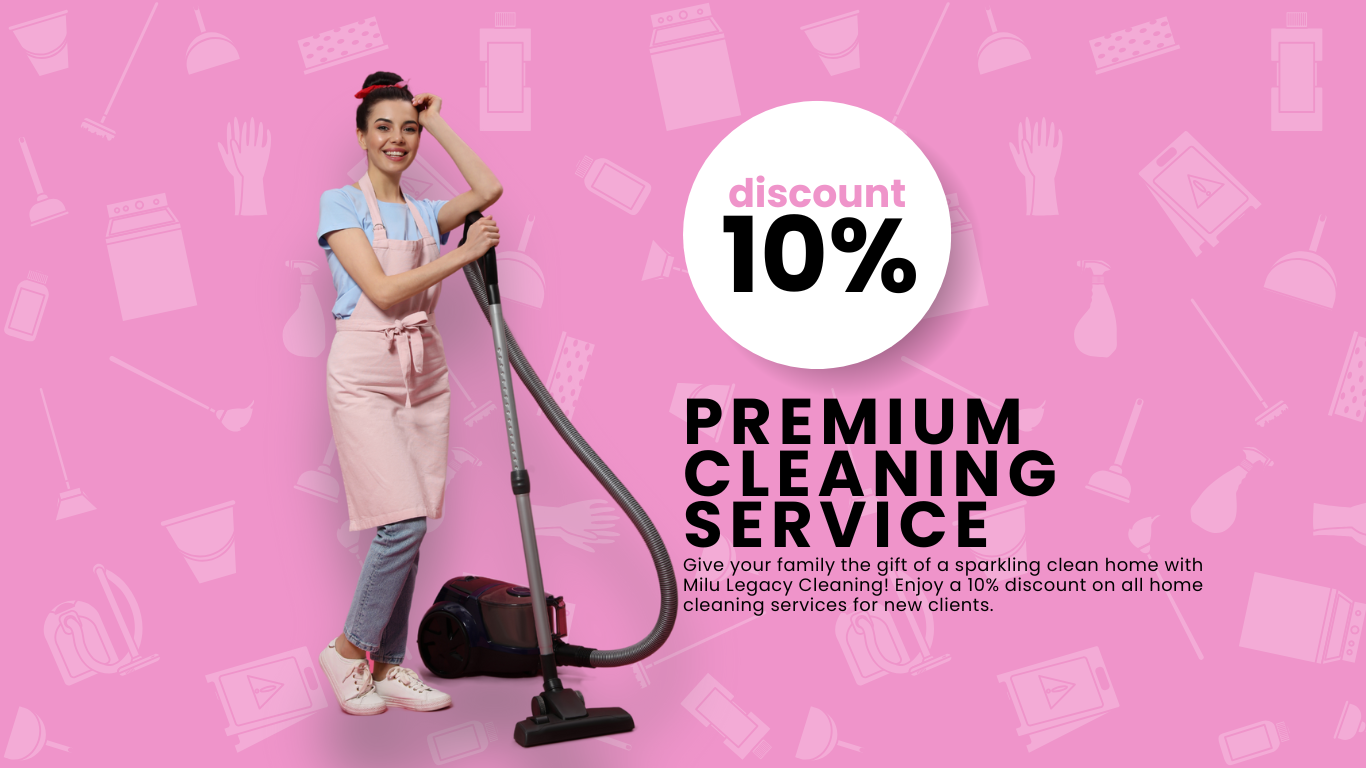Vinegar, a common kitchen staple, isn’t just for culinary use. It’s a versatile, eco-friendly, and wallet-friendly cleaning agent that can tackle a wide range of household cleaning tasks. In this comprehensive guide, our experts at Milu Legacy Cleaning reveal the do’s and don’ts of cleaning with vinegar and share some DIY vinegar cleaner recipes to simplify your housekeeping routine.
Why Choose Vinegar as a Cleaning Agent? 🍋
White vinegar, specifically distilled white vinegar, is a powerful yet gentle cleaning solution. Its natural acidity makes it effective at breaking down grime, eliminating odors, and cutting through grease and mineral deposits. Moreover, it’s environmentally friendly, readily available, and cost-effective.
When NOT to Use Vinegar: The “Don’ts” 🚫
While vinegar is a fantastic cleaner, it’s essential to use it judiciously and avoid certain surfaces and materials due to its acidic nature. Here’s what not to clean with vinegar:
- Stone Surfaces: Vinegar can damage natural stone, including marble, granite, and slate, by etching the surface and leaving it discolored.
- Linoleum & Hardwood Flooring: The acidity in vinegar can harm the finish and cause damage to wood or linoleum floors.
- Unsealed Grout: Using vinegar on unsealed grout may cause it to break down and deteriorate over time.
- Clothes Irons: Avoid using vinegar to clean clothes irons as it can affect the iron’s internal components and steam vents.
- Electronics & Screens: The acid can harm electronic devices and screens, causing damage or discoloration.
- Waxed or Finished Wood Furniture: Using vinegar on such surfaces may strip away the wax or finish, leaving the wood unprotected.
- Carbon Steel Knives: Vinegar can cause carbon steel knives to rust, so refrain from using it to clean them.
- Cast Iron Cookware: The acidity of vinegar can remove the seasoning from cast iron cookware, making it susceptible to rust.
- Aluminum Surfaces: Avoid using vinegar on aluminum, often found in appliances, as it can corrode the metal.
- Stain Remover: Add vinegar to the final rinse when doing laundry to eliminate alkaline residues from soap and brighten clothing colors. It’s also effective as a spot treatment for underarm stains.
- Removing Specific Stains: Vinegar can help with various stains:
- Pour vinegar into the spray bottle.
- Spray directly onto chrome and stainless steel surfaces.
- Wipe away vinegar with a microfiber cloth.
- Buff any streaks with a clean microfiber cloth.
- Mix equal parts vinegar and water in your spray bottle.
- Mist windows with the solution (avoid excessive use to prevent streaks).
- Wipe the windows clean using a microfiber cloth or coffee filter, working from top to bottom.
- Pour ½ cup of vinegar into the toilet bowl and let it sit for 3-5 minutes.
- Mist the rim of the toilet with the remaining ½ cup of vinegar and let it sit for 3-5 minutes.
- Scrub the toilet bowl with a toilet brush and wipe down the rim with a microfiber cloth.
- Flush when finished.


